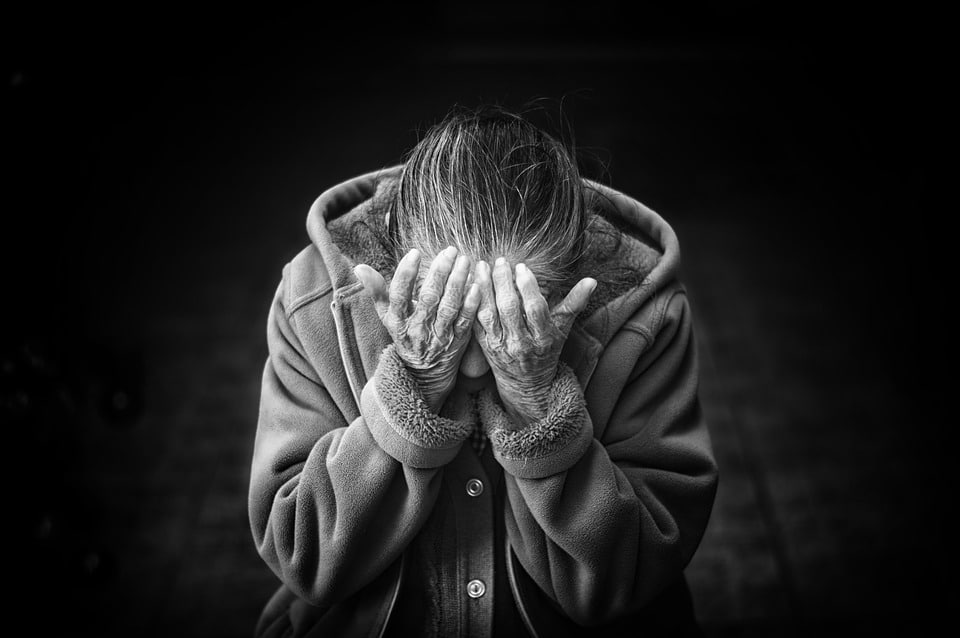Nursing Home Fined for Failing to Prevent Sexual Abuse

A nursing home in Illinois will pay a hefty fine after investigators determined the facility was at fault for the sexual abuse of a resident. The Illinois Department of Public Health (IDPH) reports that the facility will pay $25,000 due to the resident-to-resident sexual assault.
A report from the IDPH says Dixon Rehabilitation and Healthcare Center failed to adequately supervise a male resident with known tendencies to sexual aggression. Further, the facility had a responsibility to prevent the resident from having access to female residents in the dementia unit.
Nursing Home Fails to Prevent Sexual Assault
The alleged perpetrator became a resident at Dixon in June, 2018. He requires around-the-clock care for diagnoses including frontal lobe dementia, delusional disorders, generalized anxiety disorder, major depressive disorder, restlessness, and agitation. He has a history of psychiatric hospitalization due to altercations with other residents.
After a short stay in a psychiatric hospital, he was readmitted to Dixon in September. Nursing home staff created a care plan that called for monitoring certain behaviors and checking on this resident every 15 minutes.
Over time, the residents behavior became more sexually aggressive. He began making inappropriate comments to female staff members and guests in the nursing home. He expressed his desire to have sexual activity with other residents to nurses and caregivers.
By October, his behavior had escalated and his care plan included increased behavioral monitoring. This was in response to his sitting on a couch next to a female resident and touching her inappropriately.
In November, two certified nursing assistants (CNAs) responsible for monitoring the resident were moving furniture around the facility. The resident was seen pacing in a hallway. When one CNA returned from moving a chair to another room, the resident was missing from the hallway. The CNAs then heard ”that hurts” coming from another residents room.
When the CNAs entered the room, the male resident was standing over his victim pulling a blanket back over her waist. When staff members asked him what he was doing, he admitted in vulgar language that he had digitally penetrated the other resident. After this incident, the male resident was discharged from the facility.
Are Nursing Homes Responsible for the Actions of Residents?
Nursing home residents have the right to live in an environment free from abuse. This certainly includes sexual abuse, harassment, or coercion of any kind. Long-term care facilities and nursing homes are responsible for fostering and maintaining this environment.
Resident-to-resident aggression sometimes happens, and nursing homes are responsible for managing situations appropriately. Sexually aggressive dementia patients need care in the same way that all dementia patients do. The patients themselves are not necessarily responsible for their behavior, but the facilities who admit them are responsible for making sure that their behavior doesn’t cross the line and endanger innocent victims.
In the case discussed above, Dixon had a plan in place to monitor this resident. However, the IDPH clearly found it to be insufficient and not properly executed. The resident showed a pattern of increasingly aggressive instances of sexual abuse, but he still had access and opportunity.
The IDPH investigation apparently uncovered enough evidence to support the claim that Dixon failed to prevent the assault. The $25,000 fine shows that Dixon failed in their duty to protect not only the victim, but also the alleged perpetrator from being able to carry out his attack.
Why Does Sexual Abuse Happen in Nursing Homes?
Sexual violence flourishes in an atmosphere of oppression. Many nursing home residents do feel oppressed because many nursing home care procedures derive from a medical model. Nursing home residents are sometimes treated more like patients than like people who are living out their day-to-day lives in a facility that assists them with their daily needs.
In such an environment, it’s easier for victims voices to go unheard, and for their concerns to be dismissed. Nursing home residents, especially those with cognitive disabilities, are more likely to be victimized and less likely to experience justice than the general population.
Sexual abuse against nursing home residents may take one of the following forms:
- Staff to resident
- Resident to resident
- Family member to resident
- Other visitor to resident
Resident-to-resident abuse can describe five themes of unwanted and hostile interactions between nursing home residents in a community setting. The categories include inappropriate sexual behavior, roommate problems, invasion of privacy, hostile interpersonal reactions, and unprovoked actions. Among these categories, sexual abuse is the least frequent. Regardless, caregivers in nursing homes have a responsibility to minimize eliminate or prevent all types of abuse.
Sexual violence is not the most common form of sexual abuse nursing home residents experience from each other. Rather, intentional exposure of body parts is the most common form of sexual abuse. As many as 77 percent of CNAs have observed residents intentionally exposing themselves to an unwilling neighbor.
Victims of Sexual Abuse in Nursing Homes
For many of the victims of sexual abuse in nursing homes, abuse will happen more than once. Perpetrators choose victims based on their real or perceived vulnerability and their likelihood of reporting the attack. This is perhaps why dementia patients and patients with developmental disabilities are some of the most frequent victims of sexual abuse.
In the general population:
- One in five women and one in 71 men will experience rape at some point in their lives.
- 91% of the victims are female, and 9% are male.
- In 80% of cases, the victim knows their attacker.
In one study of sexual abuse in nursing homes and long-term care facilities:
- Researchers counted 429 instances of sexual abuse over four years.
- The most commonly alleged perpetrators were male facility employees.
- About half of the victims required assistance with all activities of daily living.
- 64% had Alzheimer’s type dementia.
- Disclosures of abuse ranged from non-contact offenses to instances of forced penetration.
There are indications that the elderly and people with disabilities are victims of sexual assault more frequently than other groups:
- As many as 83% of females and 32% of males with developmental disabilities are victims of sexual assault.
- 40% of women with physical disabilities have reported sexual assault.
- Disabled women report that their reliance on another person for daily activities results in situations with potential to turn into an attack.
- Among the people who abuse vulnerable adults, 33% are friends or acquaintances, 33% are members of the household, and 25% are caregivers.
Getting Help with Sexual Abuse in a Nursing Home
It is hard to say that sexual abuse in nursing homes is rare because any instance is one too many. At Nursing Home Abuse Center, we have reported on several sexual abuse cases recently, which highlights the fact that it does occur. Families should be aware of the risk, and know how to get help.
If you have questions or concerns about sexual abuse in a nursing home, contact Nursing Home Abuse Center. Our team of legal professionals can help you understand your legal rights, as well as that of loved ones in a nursing home. We can also offer advice on how to report possible abuse or neglect. To request a free attorney consultation, call 1-800-516-4783, or contact us online.
Sources:


